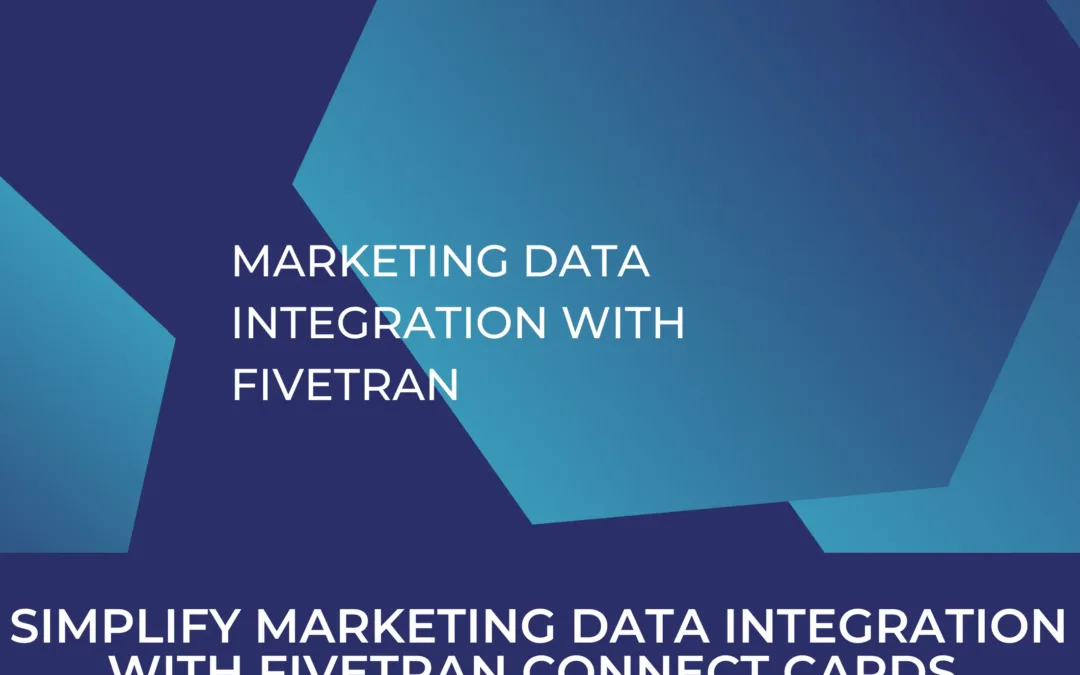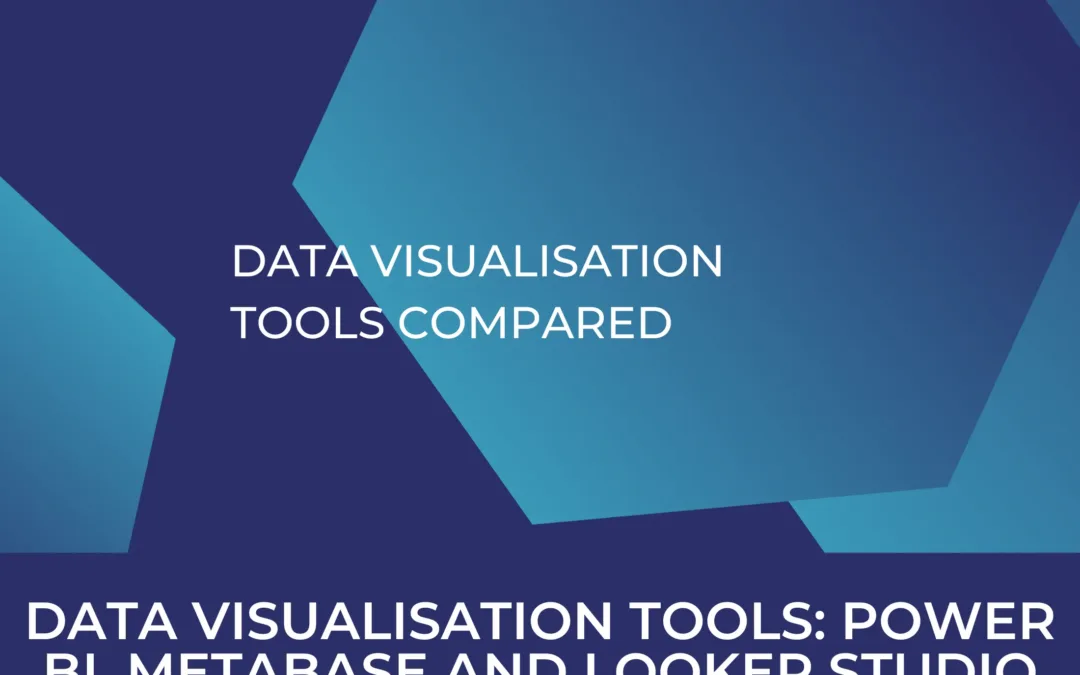Still Cookies for everyone with Google – will everything stay the same after the sandbox delay?
With the final blocking of Third Party Cookies in 2022, Google, the last remaining big player when it comes to browsers that allows their usage, actually wanted to push forward a path that started in 2018 already. With the planned update of its Chrome browser, it would have been possible to really accelerate a stone that had long been set loose in terms of marketing tracking of the future. Now, however, the industry giant is postponing its planned blocking of Third Party Cookies by another 12 months and thereby the ultimate replacement of a tracking system that is still vital for advertisers today. So can companies now stick to “tried and tested” tracking standards or should they still move on to new solutions as quickly as possible and take advantage of the additional time to test a future-proof setup for their marketing tracking?
Google leads the way
With a market share of over 60% in the browser segment, what Google’s Chrome browser will or will not enable in terms of tracking will certainly have a huge impact on how and what kind of data marketers generate. And for advertisers and companies, this situation can also be a great opportunity. After all, Google wants to respond to growing demands for better privacy protection along the lines of “Privacy First”, for which the removal of Third Party Cookies is considered an important cornerstone. However, unlike other browser providers that have a relevant market share, such as Mozilla, Apple or Microsoft, Google is lagging a few steps behind when it comes to blocking first and especially Third Party Cookies and other means of tracking (learn more about the different types of cookies every marketer should know). Being a company with a high income from advertising, Google has a great interest in efficient alternatives for a post-cookie era and wants to offer attractive, future-proof alternatives to today’s tracking standards to advertisers.
What makes Third Party Cookies so interesting? They enable tracking a user’s path from website A to website B, etc., to create as concrete a profile as possible of surfing behavior, the time spent on pages, the click behavior on links, and from this to generate individual user profiles to place advertising accordingly. If you accept a 3rd party cookie on a website and then visit another page containing advertising by the same advertiser, the cookie will recognize you and indicate which page you were on before. In this way, a more specific profile is created with each additional page view on which a corresponding cookie is placed, giving more precise targeting options.
Sandbox or rather black box?
For years, Google has been testing measures for Post-Third Party Cookie tracking with open standards to ensure user privacy using the “Privacy Sandbox”. The so-called FLoC system (Federated Learning of Cohorts) is considered particularly promising.
While today personal user profiles can be created for personalized advertising via Third Party Cookies stored in the browser, this data should in the future remain encrypted on Google’s browser to be aggregated into cohorts based on similar behavior patterns and interests. Ad targeting for advertisers would then be based on that aggregated data, rather than on individual browsing history as before.
Critics note, however, that even relatively large cohorts, enriched with additional information, could quickly be distilled further to provide more specific breakdowns. Whether in combination with browser fingerprinting data, for example, or via side-by-side comparison of a particular cohort at different points in time to identify individual users. Advertisers are also concerned that Google’s sandbox solution could turn the company into a sole keeper of user data and, given its market power, increase industry dependencies. They fear that the sandbox could become a black box for marketers.
In any case, the idea, which at first certainly sounds promising, still has significant gaps, not only with regard to individual data protection. It is now being postponed again for various reasons, as Google recently announced. Until the end of 2023, Third Party Cookies will not be blocked by the Chrome browser.
So for now, everything remains the same, but what does this mean specifically for your marketing tracking? Let’s put things in perspective:
With the aim of better privacy protection and greater personal data security, the EU-wide General Data Protection Regulation (GDPR) came into force in 2018. For the first time, generally applicable framework conditions for the collection and processing of personal data were created. Users, who until then had become increasingly transparent, were again to receive more individual privacy when surfing.
This actually marked a paradigm shift for marketing as we know it today. After all, the increasingly sophisticated tracking methods designed to provide the most accurate understanding of the marketing funnel, which have become standard over the years, must be rethought under the stricter legal requirements. Technological adaptations to the new requirements became reality long ago and yet are often still largely ignored by marketers. One example that everyone knows from their own day-to-day surfing is the mandatory introduction of consent banners, i.e. active consent to tracking from website visitors.
While the use of such banners has become standard, many website operators underestimate what this means for the quantity and quality of data available. Or do you know how high the percentage of website visitors is, whose data you actually track? Is it fifty percent or perhaps thirty percent of your users? Or maybe only one out of ten gives their consent to tracking? After all, there’s a lot of skepticism and uncertainty about what data is being used for.
Given a legally compliant setup, you may only receive information from a small proportion of your actual visitors. Not only should you find out about this proportion, but you should also try to increase it as much as possible by providing transparent information about your user tracking: marketing decisions are based on the data of precisely those samples every day, and in any case, these samples have been massively reduced. And therefore the (current) basis of data-driven marketing strategies. Given these circumstances the consent rate has already become one of the most important metrics you should track (find out more about the most important marketing KPIs and how to track them).
The massive impact that the new regulation has also had on browser providers can be seen in the changed handling of Third Party Cookies. Although the largest competitor Google has postponed its adjustments, Apple’s Safari, Microsoft with its Edge browser, and Mozilla’s Firefox have already significantly expanded tracking protection mechanisms. As a result, the data volume available to companies is already being reduced hugely from various sides.
Increased independence through first party tracking and server-side solutions
Companies have to ask themselves if their decisions can still be data-driven if they are based on smaller and smaller, less and less accurate and possibly no longer representative samples of users. For example, how promising are lookalike audiences for acquiring new audiences if the underlying target group is already not representative for your customers?
To avoid dependency in the long term on browser-based tracking systems that are either being phased out like Third Party Cookies (however delayed) and their alternatives are not yet foreseeable, companies should work on privacy-friendly solutions that give themselves more autonomy. Optimized consent management is a key measure you can take today, or rather yesterday, to increase your data pool. Inform website visitors in detail about which data you use for which purpose to provide them with a transparent basis and ease their consent. Develop your consent rates and thus data quantity and quality.
Server-side tagging can be another important lever for a variety of reasons, but not least to better protect the privacy of visitors. Having your own server as an intermediary allows for full control over collected user data and thus for the protection of it: Responsible solutions should clearly communicate how and which data would be shared if consent is given. In addition, you can assure visitors that no other information is shared unknowingly.
Don’t wait for Third Party (Cookie-)Decisions
Regardless of whether or rather when Third Party Cookies become obsolete and what future alternatives will look like: Marketing decisions are already based on a much smaller data foundation than many would expect. Approaches need to aim at increasing and improving this basis in a privacy compliant way and independently of third parties. We have touched on possible solutions in this article.
Please feel free to contact us if you need assistance in optimizing your consent management or in collecting consent levels. Also feel free to let us know how you are working to increase the quality and quantity of data available to you. We look forward to exchanging ideas on this exciting issue, which will continue to keep us busy in the years to come!




